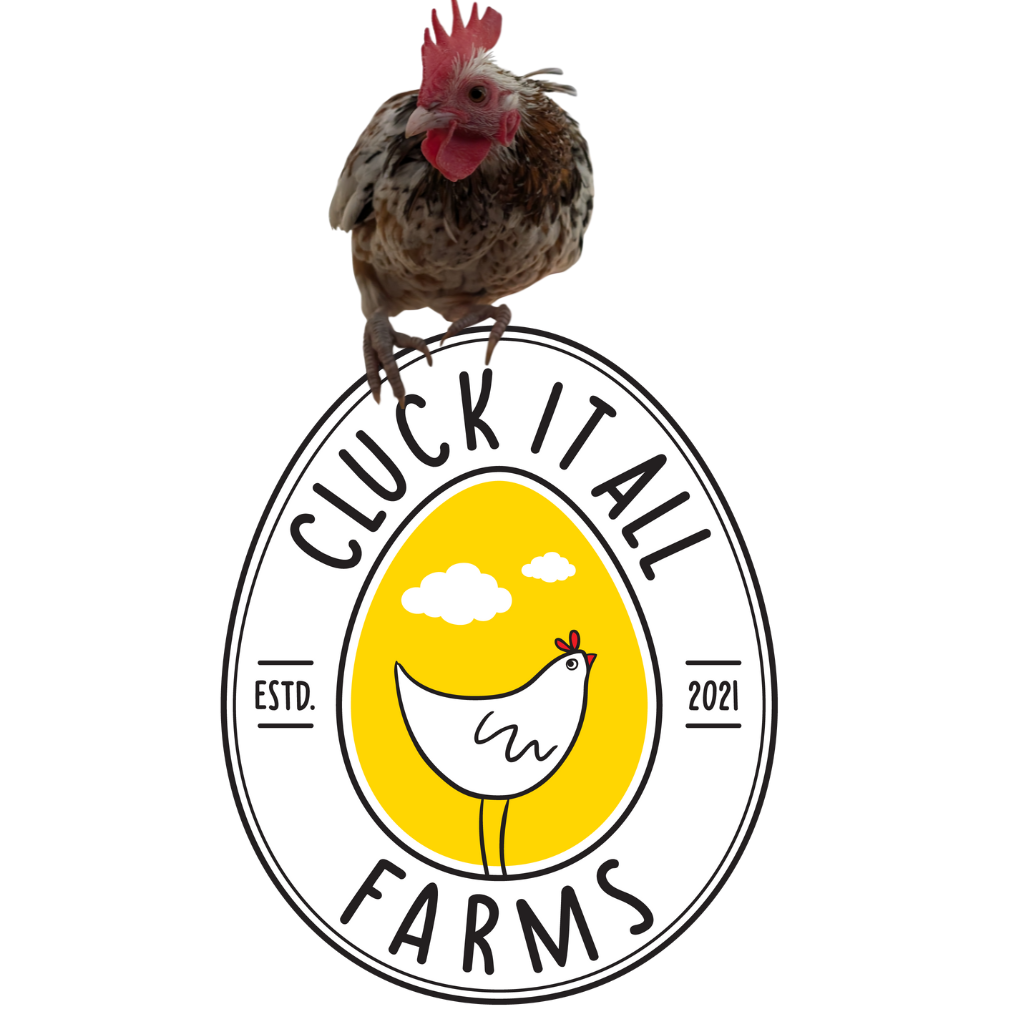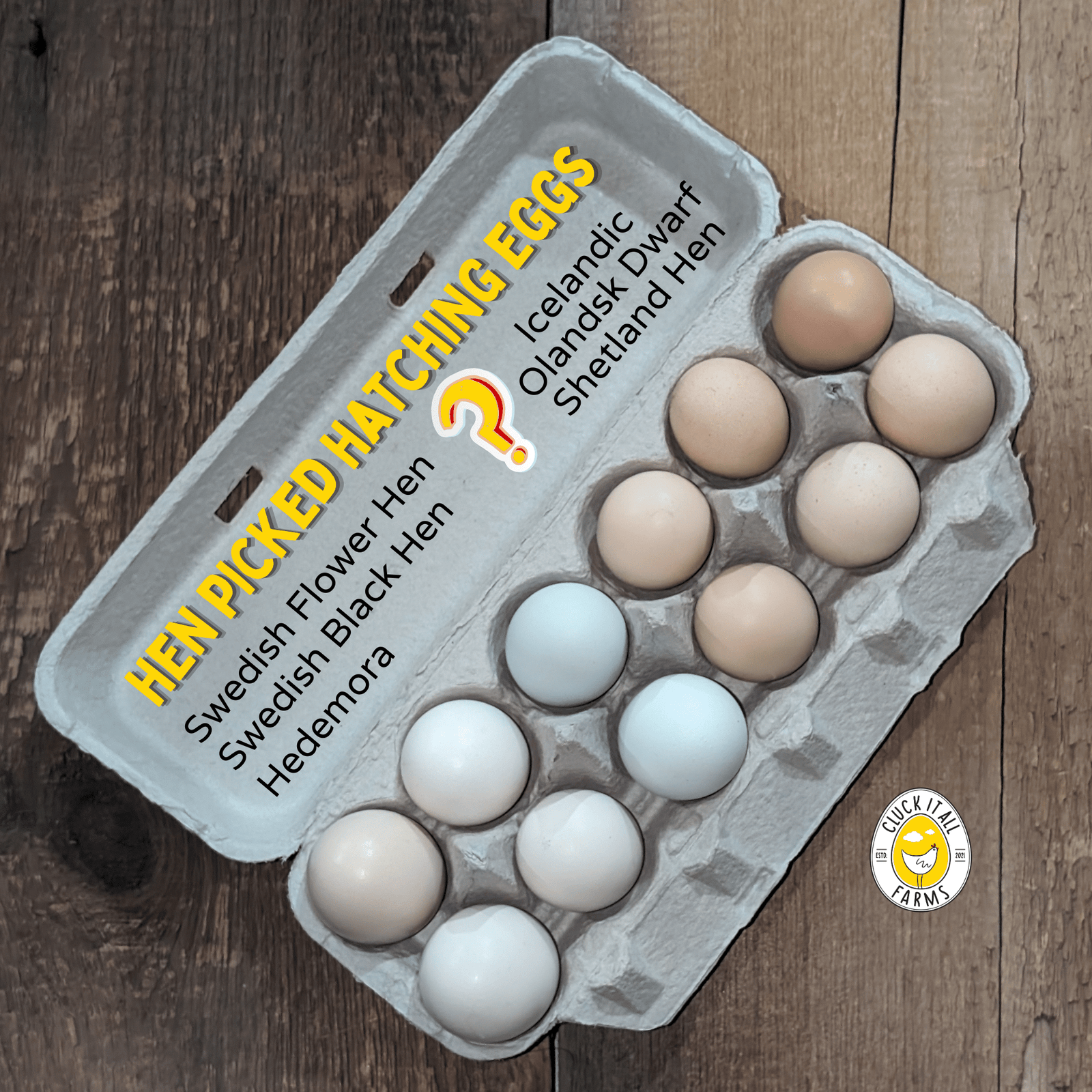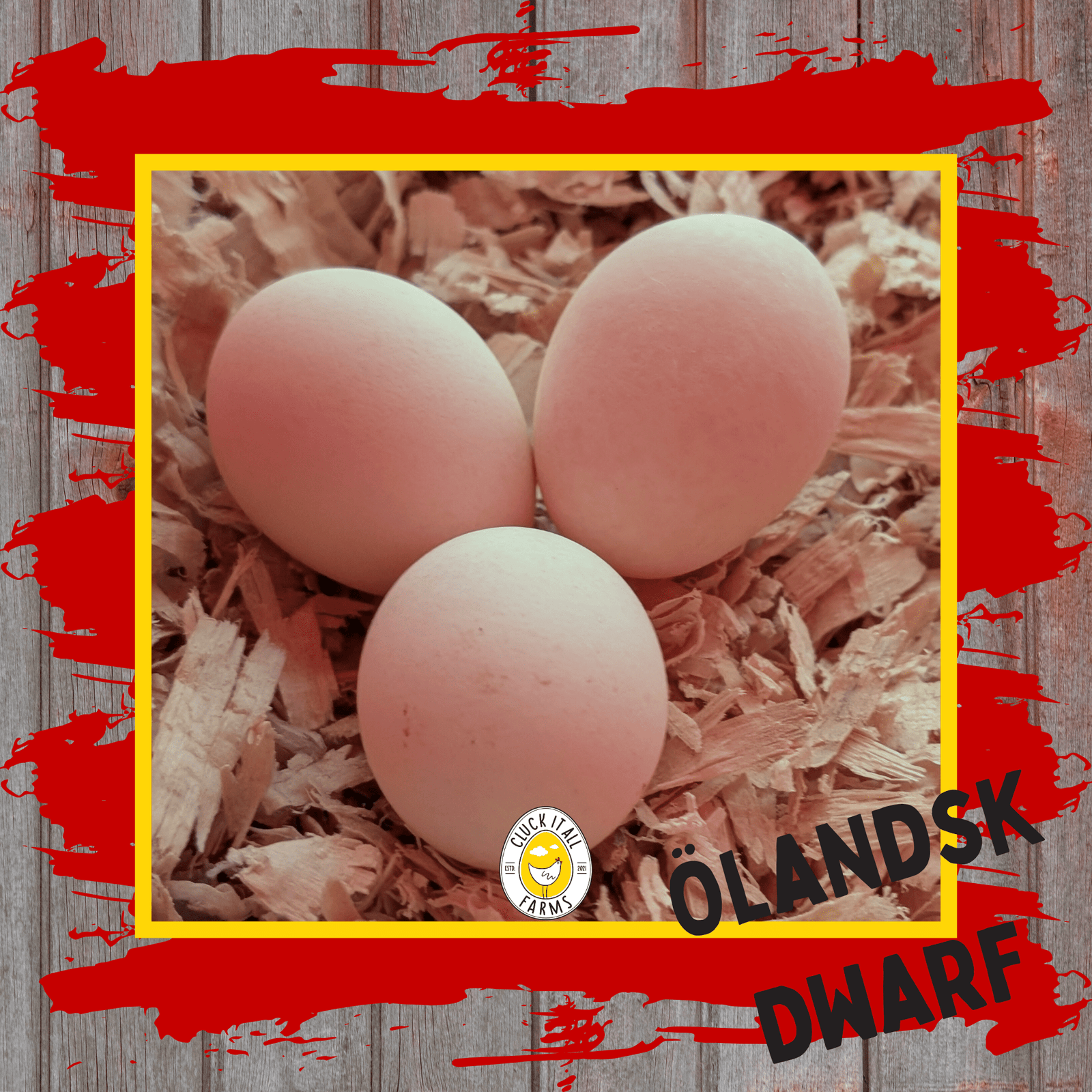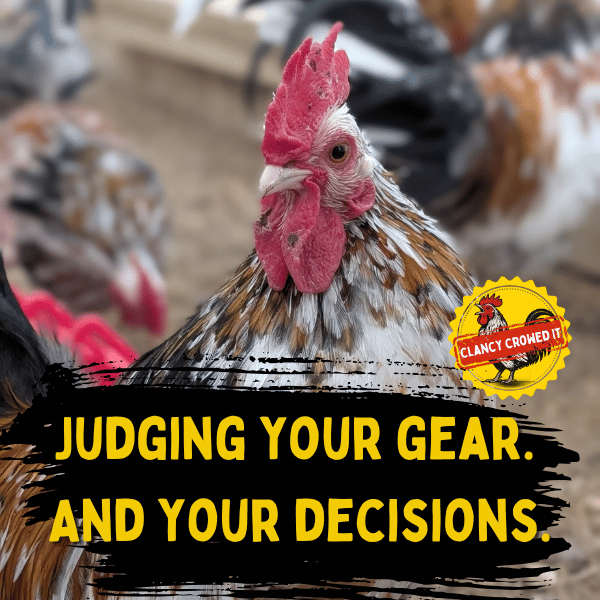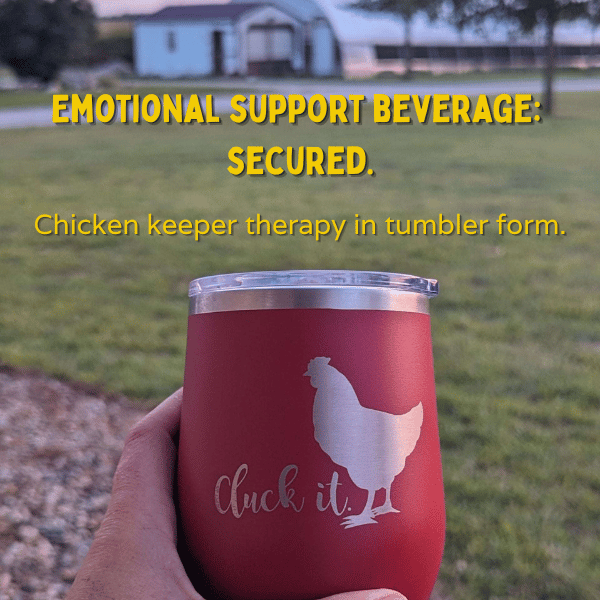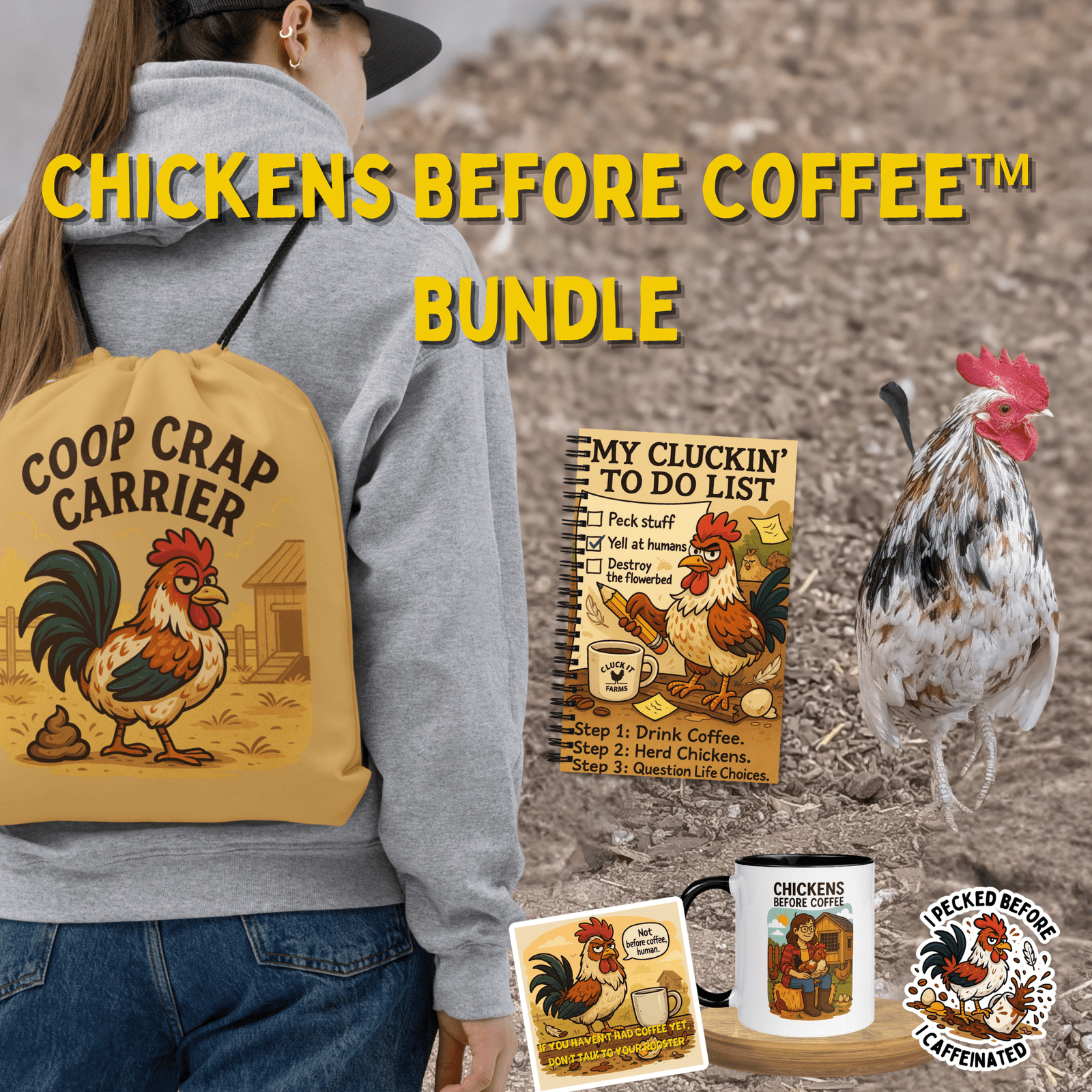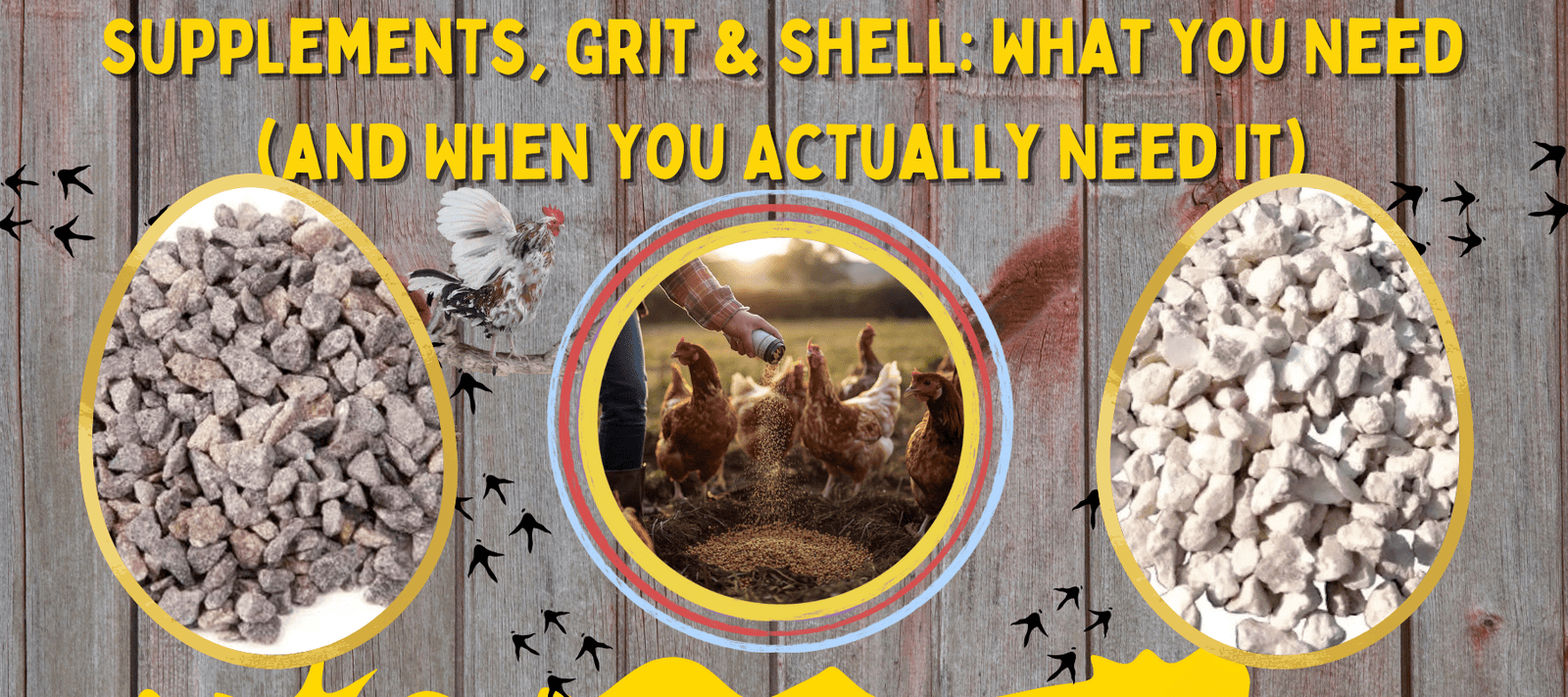If you’re looking for a chicken with a rich history, stunning looks, and a touch of mystery, let me introduce you to the Swedish Black Hen—or, as the Swedes call it, the Svarthöna. This isn’t just another black-feathered beauty strutting around the yard; it’s a breed that has stood the test of time, with deep roots in Sweden’s past and a future that’s being carefully preserved.
Thanks to the Swedish Gene Bank, this heritage breed has been safeguarded, ensuring its unique traits and fascinating story aren’t lost to time. So, what makes the Swedish Black Hen so special? Let’s dig into its past, its striking appearance, and why it deserves a top spot in your flock.
A Mysterious Past: Where Did the Swedish Black Hen Come From?
One of the biggest questions surrounding the Swedish Black Hen is: Where did they come from? And, well… that’s a tough one to answer.
Historical records show that as early as the 1600s, these inky-black birds were already making an impression. Spanish Jesuit scholar Juan Eusebio Nieremberg referred to them as “negro hens” or “moray hens,” hinting at their dark, exotic appearance. But did they evolve naturally in Sweden, or did they arrive via trade routes, carried by seafarers from faraway lands?
The truth? No one knows for sure. Some experts suspect they share genetic ties with Ayam Cemani, the all-black chickens from Indonesia, but there’s no solid proof (yet). What we do know is that this breed has been a fixture in northern Bohuslän, Dalsland, and parts of Norway for centuries, adapting beautifully to the harsh Scandinavian climate.
A Breed Saved by a Farmer’s Passion
Like many old landrace breeds, the Swedish Black Hen was at risk of disappearing—until a farmer named Rune Andersson stepped in. In 1958, he obtained a small flock from two brothers in Bullarebygden, northern Bohuslän. These “black hens” had been passed down through their family for generations.
Thanks to Rune’s dedication, this breed didn’t fade into history. Instead, it found a new life in the Swedish Gene Bank, where it’s now preserved for future generations of chicken keepers to admire and enjoy.
The Stunning Looks of the Swedish Black Hen
Alright, let’s talk about what really makes these birds stand out—because they’re absolutely breathtaking.
A True Black Beauty
Swedish Black Hens are primarily deep, iridescent black from beak to tail, thanks to a genetic trait called fibromelanosis. This trait causes hyperpigmentation, meaning their feathers, skin, beak, legs, and even their internal organs are darker than those of other chickens.
While most of the breed stays jet-black, some birds may have tiny hints of white, red, or wild boar-colored feathers, especially in roosters. These subtle variations make each bird unique while still keeping that signature gothic-chic look.

Size & Build
They’re on the smaller side compared to other heritage breeds, but don’t let that fool you—they’re hardy and adaptable.
- Hens: 2.2 – 3.3 lbs
- Roosters: 3.3 – 4.4 lbs
Their compact, well-proportioned bodies help them thrive in colder climates, making them a fantastic choice for backyard chicken keepers in northern regions.
Comb & Features
- Hens: Small to medium combs
- Roosters: Medium to large combs, often with a slight tilt
- Legs & Toes: Slate gray to black legs with four toes (standard for chickens)
Some Swedish Black Hens also develop a unique woolly feather texture, though it’s not as common. These fluffy variations are cute but aren’t the best for preserving the breed’s historical traits.

How Do They Perform? (Eggs, Hardiness & Personality)
If you’re wondering whether these birds are more than just eye candy, the answer is yes! They may not be the most prolific layers, but they bring plenty of other benefits to the flock.
🥚 Egg Production & Color
- Average annual egg count: ~150 eggs per year
- Egg size: ~1.6 – 1.8 oz (medium)
- Egg color: Off-white to light beige
While they won’t compete with production breeds like Leghorns, they lay consistently and adapt well to different climates, making them reliable layers for a small backyard flock.
🏡 Temperament & Adaptability
- Hardy & disease-resistant – Built to survive Sweden’s tough conditions, they’re naturally robust.
- Great foragers – These birds love to roam and scratch, making them excellent free-rangers.
- Mild-mannered but independent – They’re friendly but not overly cuddly. If you like a chicken that enjoys your company but doesn’t demand constant attention, they’re a great fit.
Keeping the Legacy Alive: Why Swedish Black Hens Matter
Raising heritage and landrace breeds isn’t just about adding diversity to your flock—it’s about preserving history. Every feather on these birds tells a story of centuries-old farming traditions, adaptation, and survival.
At Cluck It All Farms, we see ourselves as stewards of these rare breeds, helping to ensure they continue to thrive for generations to come. By raising and promoting Swedish Black Hens, we’re not just keeping chickens—we’re keeping history alive.
Thinking about adding a Swedish Black Hen (or five) to your flock? If you love stunning looks, strong genetics, and a breed with a backstory, this might just be the perfect bird for you. Get your hatching eggs or chicks here.
